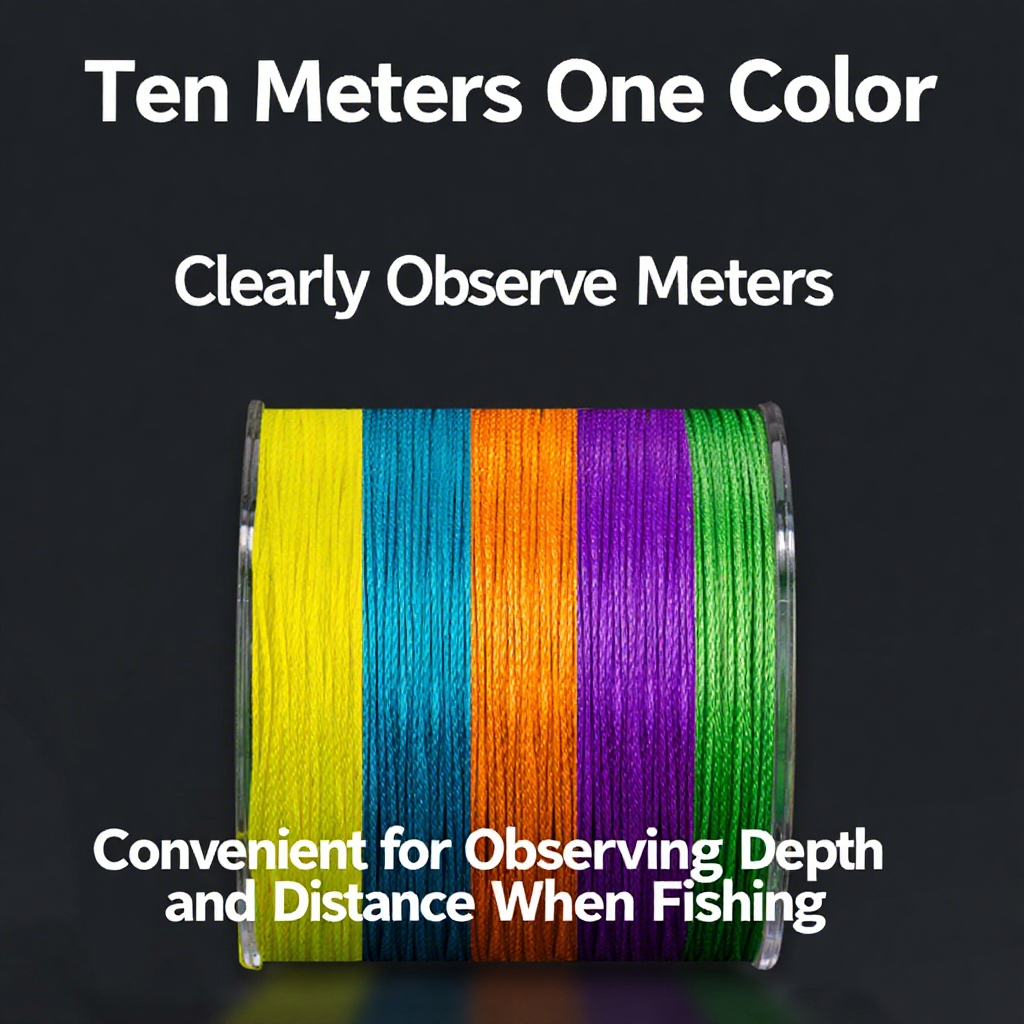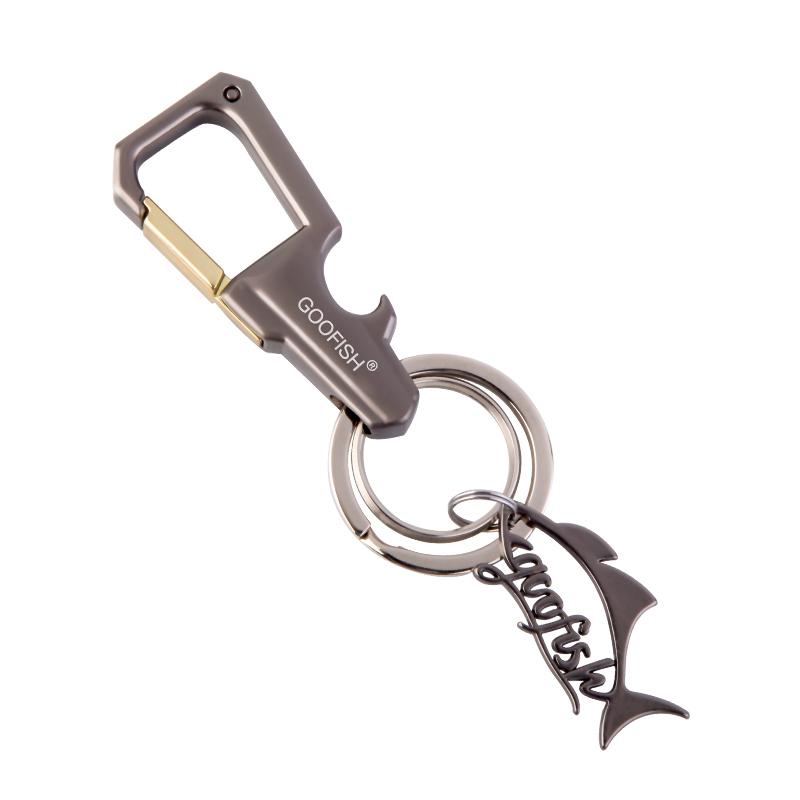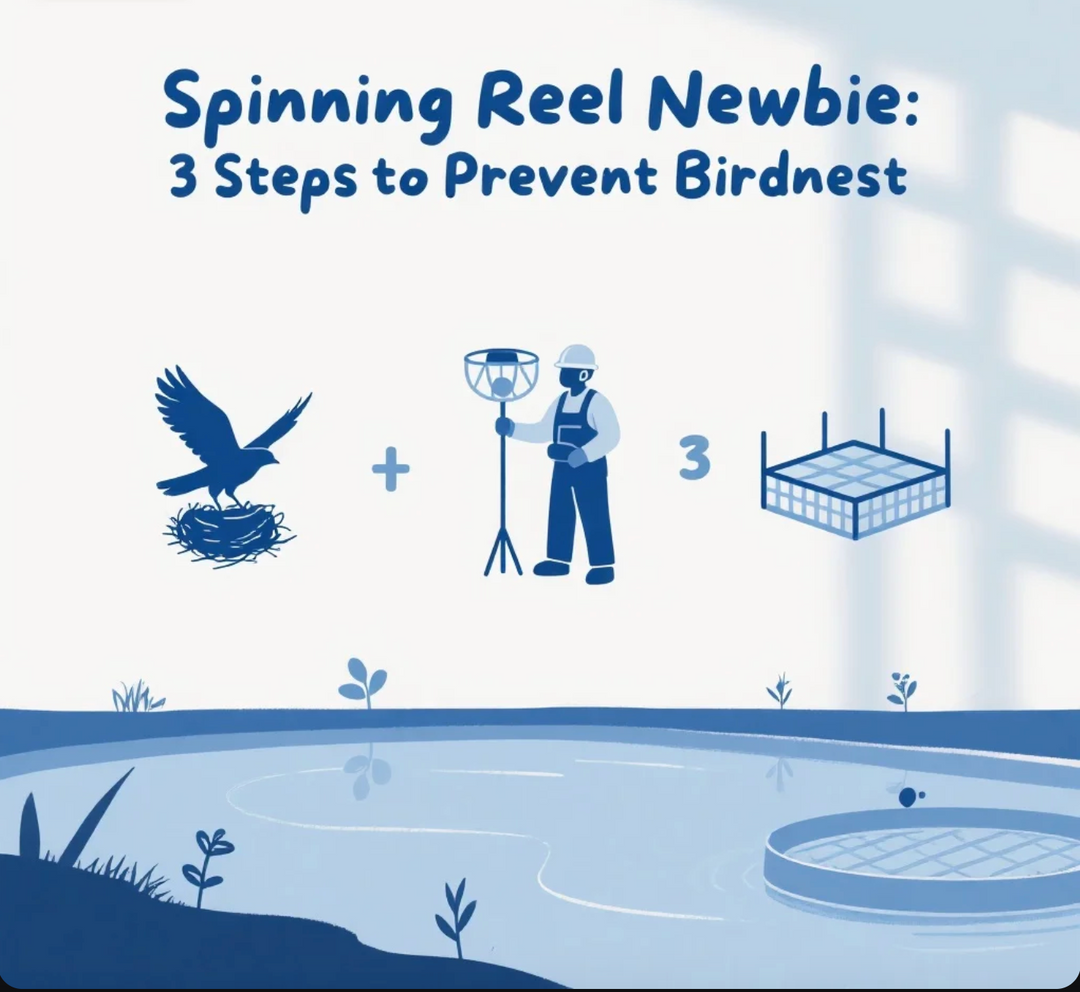Catching Mackerel: The Perfect Fishing Rod, Weight, and Line
When it comes to catching mackerel, having the right fishing equipment is essential. From the rod to the weight to the line, each component plays a crucial role in ensuring a successful fishing trip. Let's dive into the details of what makes the perfect setup for catching mackerel.
Choosing the Right Fishing Rod
The first step in preparing for mackerel fishing is selecting the right rod. A lightweight, flexible fishing rod is ideal for mackerel fishing as it allows for better control and sensitivity when reeling in these fast-swimming fish. Look for a rod that is around 7 to 8 feet in length with a medium to fast action for optimal performance.
Selecting the Proper Weight
When it comes to choosing the right weight for mackerel fishing, it's important to consider the depth of the water you will be fishing in. In general, a weight between 1 to 3 ounces works well for mackerel fishing in most conditions. However, if you are fishing in deeper waters or facing strong currents, you may need to opt for a heavier weight to ensure your bait reaches the desired depth.
Picking the Ideal Line
The type of line you use can greatly impact your success in catching mackerel. A monofilament line with a test strength of 10 to 20 pounds is recommended for mackerel fishing, Monofilament lines are known for their stretch and shock-absorption properties, making them ideal for handling the sudden bursts of speed and agility displayed by mackerel.
Additionally, consider using a fluorocarbon leader to increase your chances of a successful catch. Fluorocarbon leaders are virtually invisible underwater, making them less likely to spook the fish. They also have excellent abrasion resistance, which is crucial when dealing with the sharp teeth of mackerel.
Final Thoughts
By ensuring you have the perfect fishing pole, weight, and line for mackerel fishing, you can greatly increase your chances of a successful and enjoyable fishing experience. Remember to always check your equipment for any signs of wear and tear before heading out on the water, and don't forget to follow local regulations and guidelines to protect the marine environment.











Leave a comment